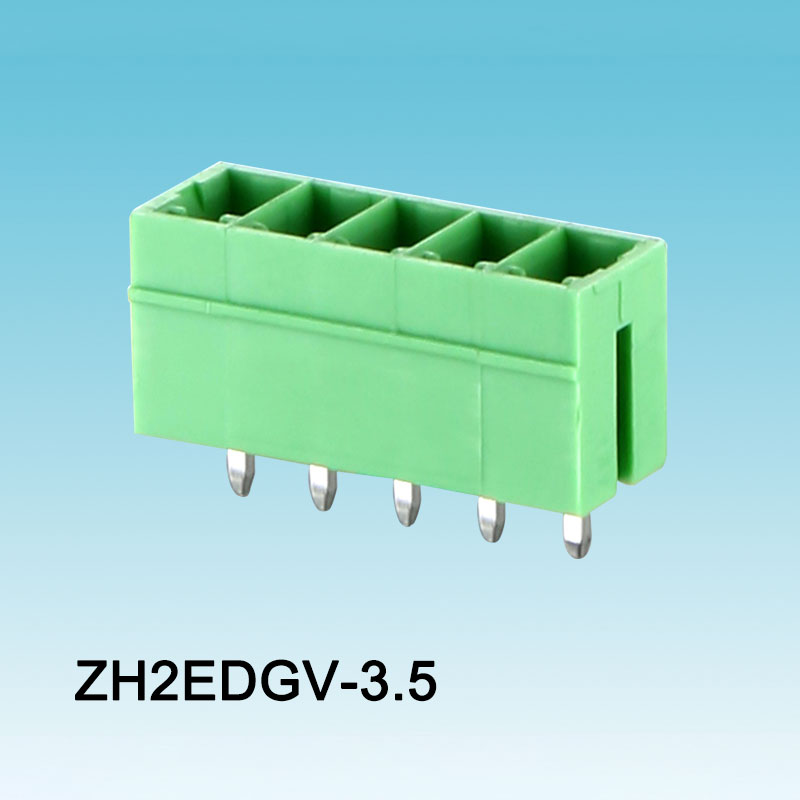What are the common problems with plug-in terminal blocks?
2023-11-04
Various problems often occur during the use of plug-in terminal blocks.
Causing blackening issues
If the wiring terminals are black, one possibility may not necessarily be burning black, and oxidation may also be black. So how do you verify if it's burnt black? The method we adopt is to wipe it off with our fingers. If it can be wiped off, like soot, it is the black substance formed by oxidation, which needs to be polished off with sandpaper or a file.
Problems that cause high temperatures
There are two possibilities: loose terminals can cause excessive contact resistance, resulting in overheating; The terminals are not loose, but the circuit is overheated due to some unknown reason, such as high power supply voltage or short circuit of the load.
1. The voltage is too high. It can be traced back to the source, from the secondary voltage of the transformer to the voltage inside the distribution box to the voltage of each electrical equipment.
2. Ground fault. You can also check from the transformer and then ground it to the distribution box. The grounded phase should be grounded, while the normal phase line should be cleared of grounding faults. When the power is cut off, use an insulation meter or a tramegger to measure it in sections. Try to measure only the power supply and distribution lines such as cables, wires, circuit breakers, and switches in sections. If it is difficult to segment them, unplug the fuses of weak current equipment and sensing equipment.
The key to grounding is to have a low grounding resistance and a large contact area. The former can ensure that the grounding point has a "zero potential" as low as possible close to the ground potential, which can avoid the possibility of lightning "backtracking" from the grounding wire and entering the power supply circuit after lightning strikes. The latter can ensure sufficient capacity to provide a fault current channel, including lightning or short circuit faults, etc. Because the actual construction process has always been based on changes in contemporary technology and technology in theory, whether this grounding method is feasible or not depends on how the new standards and specifications are specified.




